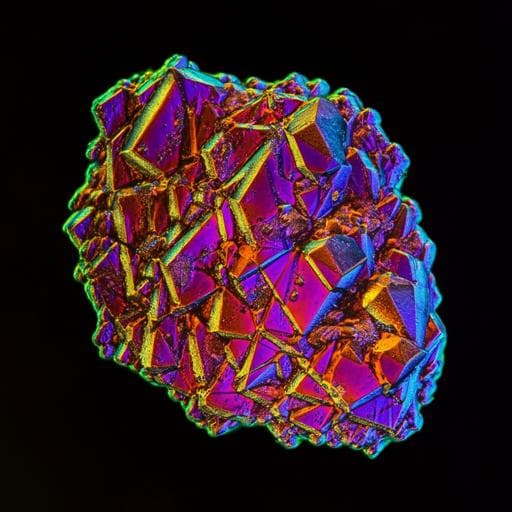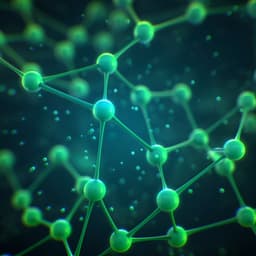
Engineering and Technology
Scale-invariant machine-learning model accelerates the discovery of quaternary chalcogenides with ultralow lattice thermal conductivity
K. Pal, C. W. Park, et al.
Discover the groundbreaking development of a scale-invariant machine-learning model by Koushik Pal and colleagues that identifies novel quaternary chalcogenides with ultralow lattice thermal conductivity. This innovative research reveals 99 DFT-validated stable compounds with remarkable thermal properties, showcasing the power of machine learning in materials discovery.
~3 min • Beginner • English
Related Publications
Explore these studies to deepen your understanding of the subject.







